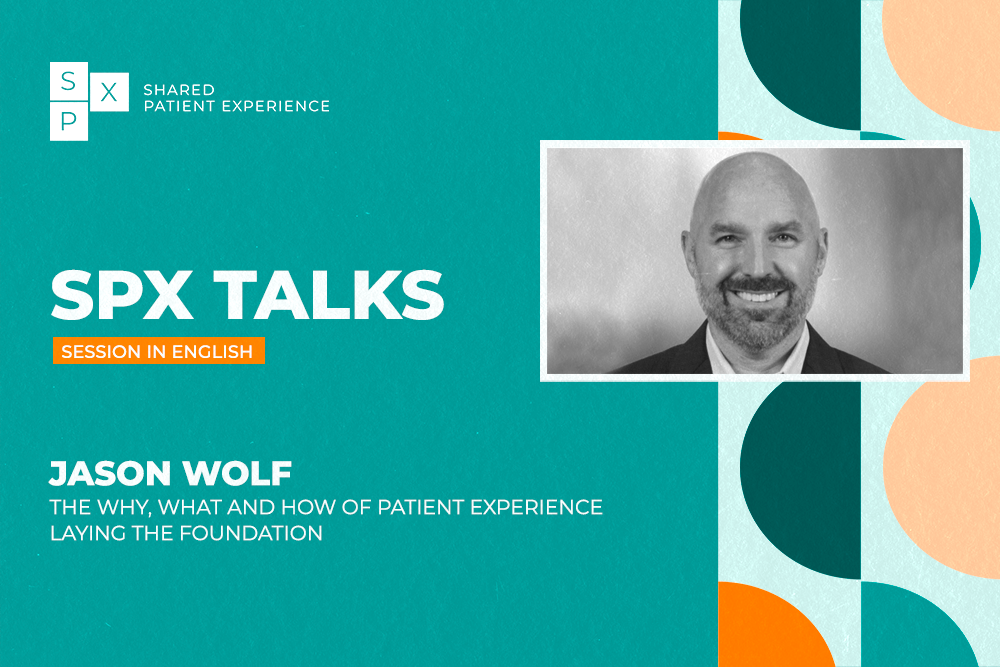
How best to evaluate the patient experience, with different approaches
There are many approaches to measuring the experience of patients and caregivers in health care services. The study by the UK Health Foundation reviews published research on these approaches to help understand the benefits and limitations of each method.
The analysis answers the following questions: How has the experience of patients and caregivers been measured in health care? What are the advantages and disadvantages of the different approaches? The methodology used is as follows: more than 10,000 articles have been digitized, and 3,453 studies have been read. The evidence scan is based on 328 empirical studies.
Advantages and disadvantages of the main approaches used to measure the patient experience:
Approach | Advantages | Limitations |
Interviews | In-depth information. Can probe reasons. Can handle sensitive topics. | Difficulty interviewing the same people over a long period of time. Generalizability issues with small samples. |
Focus groups | In-depth information. Can reconvene the same group over time Group dynamics can spark ideas. | Generalizability issues, or bias caused by group selection. Generate a lot of data. May experience high drop-out rates over time. |
Narrative of experience | In-depth information. Put a “human face” on issues. Focuses on what is most important for patients and caregivers. | Generalizability issues. Can be difficult to draw out key themes. Difficult to track changes over time in the same group of people. |
Complaints and compliments | Allows specific services to be signalled. Identifies key aspects of the organization that people feel strongly about. | Approach focused only on extreme cases (most serious or most positive). May not contain enough data. Can focus on individual problems only. |
Photo voice | Gains unprompted feedback about issues that matter most to participants. Allows people who are generally more difficult to reach (disability, precariousness…) to get involved. The visual medium can be more attractive. | Participants need to be trained in the approach and in writing captions. Requires a camera or smartphone. Difficulty in analyzing the results, because the production is done in a novel format. |
Survey | Allows a large amount of feedback to be obtained. Can be administered via different channels: Post, kiosks, online, in person, by phone… Wide range of validated surveys available. | May collect only a surface level picture, without really understanding the causes. Biases may exist in relation to the profile of respondents. Closed-ended questions may be too focused on receiving positive feedback. |
Online rating tools | Increasingly promoted and available to many people, which results in a large number of responses. | Only those who use the Internet can use it. Surface-level information only. Only cover selected components of the patient experience. |
The study does not prescribe the best approach for measuring patient experience, but it does highlight some key points to consider when planning how to monitor the patient experience.
- The definition of the patient experience itself will have an impact on how it is measured.
- We must think about why the patient experience is being measured. Before carrying out the measurements, it is important to know how the results of the measurements will be used.
- Consideration should be given to whether it would be useful to combine several approaches, including qualitative and quantitative approaches. The article points out that it is unlikely that a single approach will provide sufficient data, while providing details, and with a balance between qualitative and quantitative data.
- Several questions should be asked, including who to interview and when. The answers to these questions will depend on the reasons for measuring the patient’s or caregiver’s experience.
- It is a question of determining the most appropriate time to obtain the most useful feedback possible. This can be immediately after using services, when the experiences are fresh in people’s minds. However, this will not have allowed time for reflection or hindsight.
- Before deploying methods, enough time must be allocated to test them, especially if they are to be used to monitor change over time.
- It is necessary to think about how the end-result will be presented to the different audiences (graphs, statistics, averages, quotes, scorecards…), as this may shape how the information is collected.
- Measuring experience is linked to the culture of the services, and their motivation: for example, measuring patient experience can work better if it is considered an integral part of clinical practice.
- Patients, caregivers, and managers need to be comfortable with why data are being collected and how they will be used.
- The patient experience is only one indicator of the quality of care, among others. All quality actions must be consistent with each other, and must not create an excessive burden for staff or patients.
Source:
Debra de Silva. Measuring patient experience. The Evidence Centre; The Health Foundation; 2013



